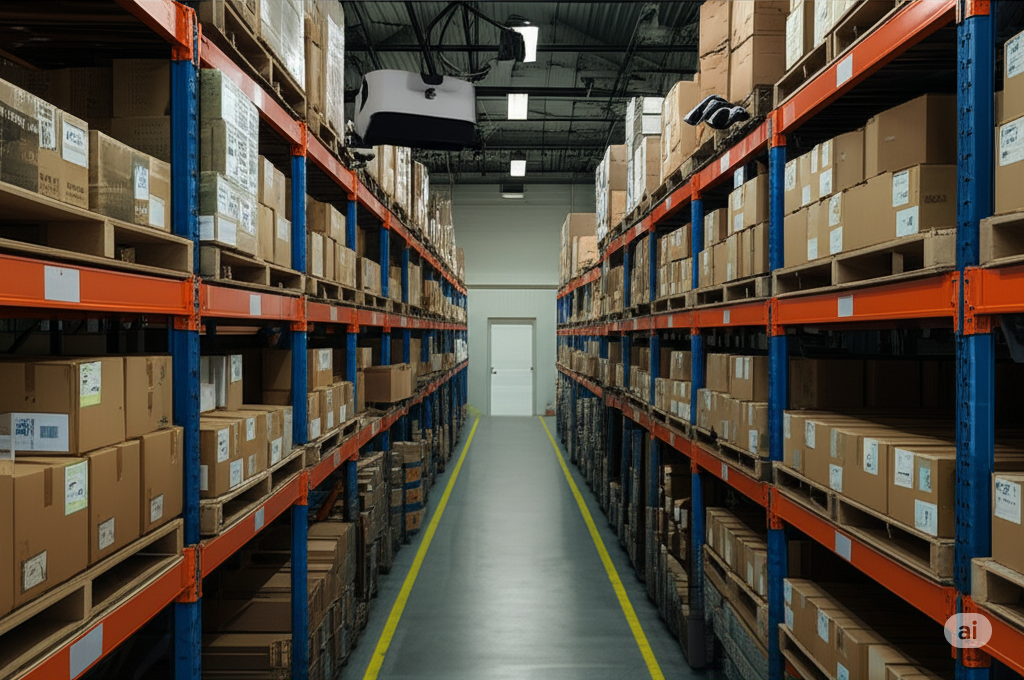In-short:
- AI enables faster detection of foodborne diseases and contamination.
- Smart algorithms can predict outbreaks before they happen.
- Biosurveillance systems powered by AI improve real-time decision-making.
- AI helps identify supply chain risks and enforce food safety regulations.
- India is beginning to integrate AI into public health and food safety frameworks.
The Urgency for Safer Food Systems
Food safety is a growing concern worldwide, especially in densely populated countries like India where the food supply chain is vast and complex. Each year, millions fall ill due to contaminated food, and traditional surveillance methods are often slow to detect and respond to outbreaks. As public health and agricultural systems struggle to keep up with the scale and complexity of modern risks, Artificial Intelligence (AI) offers a transformative solution.
Understanding Biosurveillance: What It Means and Why It Matters
Biosurveillance refers to the process of gathering, interpreting, and acting on data related to biological threats—such as disease outbreaks, foodborne illnesses, and biohazards:
- Helps track patterns of food contamination.
- Provides early warnings for public health emergencies.
- Supports informed policy-making for food safety.
Traditional biosurveillance methods rely heavily on manual reporting and lab-based testing. AI is reshaping this landscape by offering automation, real-time analytics, and predictive power.
AI’s Superpower: Predictive Analytics and Pattern Recognition
AI systems, especially machine learning models, can process vast datasets from agriculture, food testing labs, health departments, and even consumer reviews. These models can:
- Detect unusual patterns of illness or contamination early.
- Forecast outbreaks based on weather, storage, and transport conditions.
- Analyze risk factors in real-time across the food supply chain.
Example: In Europe, the AI-based platform “FoodRiskScan” has shown success in predicting Salmonella outbreaks before lab confirmation.
Real-Time Surveillance and Rapid Response with AI
AI tools can scan social media posts, health records, and online food delivery reviews to identify foodborne illness symptoms shared by users. Combined with geo-tagging, this enables health officials to:
- Localize the source of contamination
- Dispatch inspection teams faster
- Issue public health alerts
In India, AI-powered pilot programs have been deployed in metro cities to monitor food delivery platforms for hygiene issues.
AI in Food Testing and Inspection

AI is also being used to augment the work of food inspectors:
- Computer vision systems scan food samples for contaminants.
- AI models review lab test results to flag anomalies.
- Drones and IoT sensors combined with AI track food production environments.
Impact: AI reduces dependency on manual testing while improving accuracy and efficiency.
Integrating AI into India’s Food Safety Framework
The Food Safety and Standards Authority of India (FSSAI) is exploring AI for:
- Predictive risk profiling of food businesses
- Automated inspection checklists
- Smart analytics for food licensing and compliance
Private startups are also innovating with AI-based food traceability and contamination detection systems.
Challenges and Considerations
Despite its promise, AI adoption in food safety faces hurdles:
- Data quality and availability remain inconsistent
- Regulatory frameworks are still adapting to tech integration
- Lack of skilled personnel to operate and interpret AI systems
Addressing these gaps will be key to scaling AI-driven biosurveillance nationally.
The Future: Smarter, Safer, and More Resilient Food Systems
AI is not a silver bullet, but it can serve as a powerful co-pilot for regulators, health experts, and food producers. In the near future, we could see:
- AI chatbots assisting consumers on food recalls
- Blockchain-AI combinations for end-to-end food traceability
- Predictive health models tied to dietary data
These advancements could significantly reduce public health risks and promote food security.
Conclusion: A Technological Leap Toward Safer Food
AI is poised to become a cornerstone of food safety and biosurveillance in India. By enabling real-time detection, predictive insights, and intelligent decision-making, it brings us closer to a future where foodborne illnesses are prevented rather than just treated.
Investing in AI-driven infrastructure, policy reform, and public awareness is essential to unlock the full potential of this technology in protecting both people and food systems.









+ There are no comments
Add yours